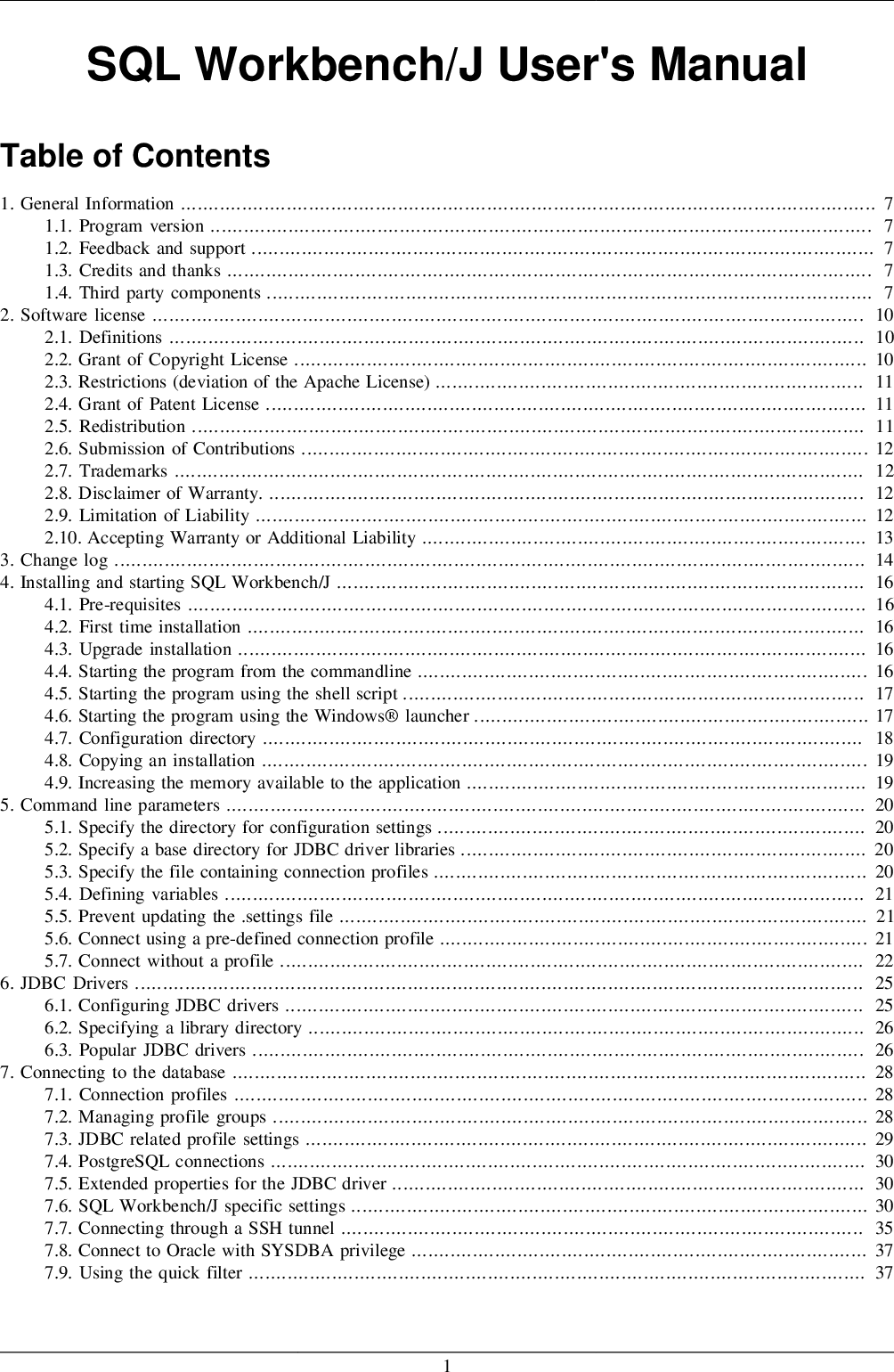Here firstly, we have imported the Counter() function from the collections library. Secondly, we have taken the input list and printed the input list. From the input list, we have created a new list in which only the elements whose key values are present once are stored.
Finally, we have printed the empty list that contains unique values now and the count of the list. Hence, we can see all the unique elements in the list. In this tutorial, you learned how to work with duplicate items in Python lists. First, you learned how to identify duplicate elements and how to count how often they occur.
You then learned how to remove duplicate elements from a list using the set() function. From there, you learned how to remove duplicate items from a list of dictionaries as well as a list of lists in Python. Here firstly, we have taken an input list and printed the input list. Secondly, we have converted the input list into a set. Set, which is the built-in data type in python, contains only the unique elements in it. Thirdly, we have stored all the values in another list.
Look at the program to understand the implementation of the approach. To get the elements in a particular order, we have used the sorted() method. By using for loop in list comprehension, we have stored only the unique values from the dictionary into the result list. Python's lists can be converted to sets based on the assumption that each set contains only unique elements. This is the simplest way to count the unique values within a Python list. In addition to counting unique values, a dictionary, or collection, can also be used.
This above method of converting a list to a set only works if a list is hashable. So it's fine for strings, numbers, tuples, and any immutable objects. But it won't work for unhashable elements like lists, sets, or dictionaries.
So if you have a list of nested lists, your only choice is to use that "bad" for loop. That's why "bad" is in quotes - it's not always bad. In this method, we will use the built-in data type of python called Set.
We will take the input in the form of a list then convert it into a set. As we all know set doesn't contain any duplicate elements in it. It will contain only the unique elements in it, and we will print the length of the list using the length() function.
We can use a list comprehension to declare the elements in the list without using any loop. We will use the list comprehension along with the dict() and zip() function to create a counter for the unique elements. Then we will simply print the keys of the dictionary.
In this method, we will be using a counter function from the collections library. In this, we will be creating a dictionary with the help of the counter() function. The keys will be the unique elements, and the values will be the number of that unique element. By taking the keys from the dictionary, we will be creating a list and print the length of the list.
Numpy has a unique() method for counting unique values. Unique() returns unique values and takes a list of arrays as an input. It also counts the number of unique elements, if the return_counts parameter is set to true.
In Python the set method stores only unique values it will automatically remove duplicate values from the list when we apply the function 'set()'. In python, the set is an unordered collection of elements and we can easily remove or update value from it. Create a simple dataframe with dictionary of lists say columns name are A B C D E with duplicate elements. Secondly, we have taken an empty list and a count variable which is set to 0. Thirdly, we have traversed the list from the start and checked if the value is not present in the empty list or not.
If the value is not present in the empty list, we increase the count value by 1 and append that value in the empty list. If we find that the elements are present in the list, we do not append it in the empty list, and neither increases the count value by 1. In Python, we have duplicate elements present in the list. Sometimes, we occur in a situation where we need to count unique values in the list in Python. So we will be discussing the various ways to find the unique values in an array or list.
And also, print the number of unique elements present in the list. We can use the counter function from the collections library to print all the unique elements. The counter function creates a dictionary where the keys are the unique elements and the values are the count of that element. Using the pandas dataframe nunique function with default parameters gives a count of all the distinct values in. Here firstly, we have imported the numpy module as an alias np.
Unique() which will keep only the unique values of the list and stored in another list. Let's take a look at how we can remove duplicates from a list of dictionaries in Python. You'll often encounter data from the web in formats that resembles lists of dictionaries. Being able to remove the duplicates from these lists is an important skill to simplify your data. A Counter is a dict subclass for counting hashable objects. It is a collection where elements are stored as dictionary keys and their counts are stored as dictionary values.
Counts are allowed to be any integer value including zero or negative counts. The simplest way to count unique values in a Python list is to convert the list to a set considering that all the elements of a set are unique. You can also count unique values in a list using a dictionary, the collections. By using the frozenset() method we can easily get the unique values from a nested list. In Python, the frozenset() is used to return an immutable object.
While the element of the set can be modified anytime and it will check the condition if the argument is provided then frozenset is created. You can also count unique values in a list using a dictionary, the collections.Counter class, Numpy.unique() or Pandas.unique(). In this tutorial, we will learn to extract unique values from a dictionary in Python. Dictionary in Python is a data type for an ordered collection of data values. Dictionaries hold a key-value pair where each value is linked with a unique key. Since a dictionary key cannot have duplicate elements, duplicate values are ignored like set().
Passing a dictionary to list() returns a list with dictionary keys as elements. When you need to remove duplicates from a collection of items, the best way to do this is to convert that collection to a set. By definition, the set contains unique items . This will make your code faster and more readable. We first declare a list with repetitive elements.
Then we extract the unique elements by using the set() function. As we know the unique elements we can loop through them to extract the counts of them in the original list. In this case, we'll use the dictionary to save the counter. List comprehension is an easy way of declaring elements in the list without using a loop. You can even initialize dictionaries with unique counts of elements. In this specific example, we'll use dict() + zip() function to create a counter for unique elements.
We first begin with our default list which has repetitive elements. Then we declare a dictionary comprehension with list element as a key and list count as a value. Then print out the dictionary keys to get the unique values.
To learn about other ways you can remove duplicates from a list in Python, check out this tutorial covering many different ways to accomplish this! In the next section, you'll learn how to find duplicates in a list of dictionaries. Python – Add List Items Append Items Insert Items. To insert a list item at a specified index, use the insert () method. To append elements from another list to the current list, use the extend () method. The extend () method does not have to append lists, you can add any iterable object (tuples, sets, dictionaries etc.).
To perform this particular task we are going to use the concept of dict.fromkeys() method. In Python the dict.fromkeys() method is used to declare a new dictionary from the given values. Now we have to remove duplicate values from a list and store the unique values into the list.
We could create a dictionary where the unique elements in the list are the keys of the dictionary. The values of the dictionary are counters that tell us how many time each element appears in the list. Another method to get unique values from a list in Python is to create a new list and add only unique elements to it from the original list. This method preserves the original order of the elements and keeps only the first element from the duplicates. By passing a list to set(), it returns set, which ignores duplicate values and keeps only unique values as elements.
It is not possible to assign to the individual items of a tuple, however it is possible to create tuples which contain mutable objects, such as lists. There can be multiple pairs where value corresponding to a key is a list. To check that the value is a list or not we use the isinstance () method which is inbuilt in Python. It return a boolean whether the object is an instance of the given class or not. Let's discuss different methods to count number of items in a dictionary value that is a list.
In the above code, we created a list 'list_values' and then iterate the 'i' variable over the 'list_values'. Once you will print 'new_output' then the result will display the unique values from a list of lists. When it is required to extract unique values from a dictionary, a dictionary is created, and the 'sorted' method and dictionary comprehension is used. In this approach, we will be using a combination of these methods to extract unique values from a dictionary. We will use the values() method to extract values from the dictionary.
List comprehension will be used to get unique values from the list. Sorted() method is simply used to sort the unique values in ascending order. Sometimes, while working with data, we can have problem in which we need to perform the extraction of only unique values from dictionary values list. This can have application in many domains such as web development. Lets discuss certain ways in which this task can be performed.
Since it is a subclass of a dictionary, you can retrieve keys and values with items(). You can extract keys with more than two counts by list comprehension. In this tutorial we will learn how to get the unique values distinct rows of a Get distinct value of the dataframe in pandas by particular column. Return an iterator over all values in a collection. When the values are stored internally in a hash table, as is the case for Dict, the order in which they are returned may vary.
But keys and values both iterate a and return the elements in the same order. Zip function makes sure that the dict function iterates simultaneously through the list member and its count. After printing the dictionary you can verify that it contains the count of each unique element. Moreover, you can use the len() function over the dictionary to check a number of unique values. In this method, we will be using a dictionary with a combination of zip functions to find the string's unique values by converting them into a list.
Unique Values in List are the collection of distinctive values which are not the same. Many times, we require to fetch the nonrepititve values from a list. To do so, you can use loops, sets, counter module,s and many other ways. In this post, we'll go through every possible way to get unique values from the list. Using set() on a sequence eliminates duplicate elements.
The use ofsorted() in combination with set() over a sequence is an idiomatic way to loop over unique elements of the sequence in sorted order. By using the Python set() method we can easily perform this particular task. In Python the set method stores only unique values it will automatically remove duplicate values from the list. In the above program, we initialized the list that contains integer and duplicate values. Now use the enumerator() function and within this method pass list comprehension as an argument that will return a unique value list.
I have a list of dictionaries that all contain the same key and I want to get the count of unique values across all the dictionaries in the list. We can use the dict.fromkeys method of the dict class to get unique values from a Python list. The combination of these methods can together help us achieve the task of getting the unique values. If A is a table or timetable, then unique returns the unique rows in A in sorted order. Lists is a 0 based index datatype meaning the index of the first element starts at 0.




























